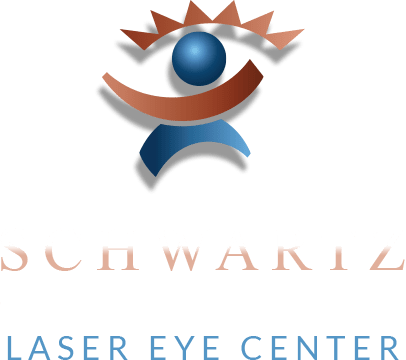How Corneal Mapping Guides Personalized LASIK Planning
Posted on September 30, 2025 by Schwartz Laser - LASIK
 LASIK is a widely performed refractive procedure that reshapes the cornea to correct vision errors such as myopia, hyperopia, and astigmatism. While the concept of laser eye surgery is well known, many do not realize the depth of planning that takes place before the procedure. A critical part of this evaluation involves corneal mapping, also known as corneal topography, which provides essential data to guide safe and personalized treatment.
LASIK is a widely performed refractive procedure that reshapes the cornea to correct vision errors such as myopia, hyperopia, and astigmatism. While the concept of laser eye surgery is well known, many do not realize the depth of planning that takes place before the procedure. A critical part of this evaluation involves corneal mapping, also known as corneal topography, which provides essential data to guide safe and personalized treatment.
At Schwartz Laser Eye Center — serving Scottsdale, Glendale, and Mesa, AZ — ophthalmologists Dr. Jay Schwartz and Dr. Orry Birdsong utilize detailed corneal mapping to both determine whether LASIK is clinically appropriate and to customize the procedure to each eye’s anatomy.
How Does Corneal Mapping Work?
Corneal mapping is a diagnostic imaging technique that measures the curvature, thickness, and surface characteristics of the cornea. Using computerized topography or tomography, this test generates a high-resolution, color-coded map that reveals both the shape and elevation profile of the corneal tissue. Our practice uses the trusted VISX CustomVue™ wavefront system.
These maps help the surgical team evaluate several key criteria, including:
- Overall corneal symmetry and smoothness
- Signs of irregular astigmatism or keratoconus
- Central corneal thickness (pachymetry)
- Corneal steepness or flatness in each quadrant
This data is essential in confirming that the cornea has the structural integrity to support flap creation and laser reshaping without compromising long-term stability.
Customizing the LASIK Procedure
No two eyes are exactly the same. Corneal topography allows our surgeons to identify subtle variations that may influence laser programming and treatment centration. Mapping enables tailored ablation patterns that preserve the integrity of the eye while achieving the desired refractive correction.
In addition to structural mapping, wavefront-guided imaging may also help identify higher-order aberrations, which are slight imperfections in the optical system that are not correctable with glasses. This combination of corneal and wavefront data enhances precision and supports improved visual quality in appropriate candidates.
Enhancing Safety and Surgical Outcomes
By identifying anatomical outliers or early signs of corneal irregularities, corneal mapping plays a big role in determining candidacy. If mapping reveals signs of thinning or asymmetry, the ophthalmologist may recommend an alternative procedure, such as PRK, or advise against surgery altogether. This approach prioritizes long-term corneal health and visual function.
At Schwartz Laser Eye Center, each LASIK consultation includes comprehensive diagnostic testing under the supervision of an experienced clinical team. Corneal mapping provides the foundation for these evaluations and allows for recommendations tailored to each of your unique ocular traits.
Schedule a LASIK Evaluation
To learn more about whether LASIK may be right for you, schedule a consultation with Dr. Schwartz or Dr. Birdsong, two of the state’s most reputable ophthalmologists, at Schwartz Laser Eye Center in Scottsdale, Glendale, or Mesa, AZ. The diagnostic process includes advanced corneal mapping to guide a precise and personalized treatment plan—call (480) 483-3937 today.



